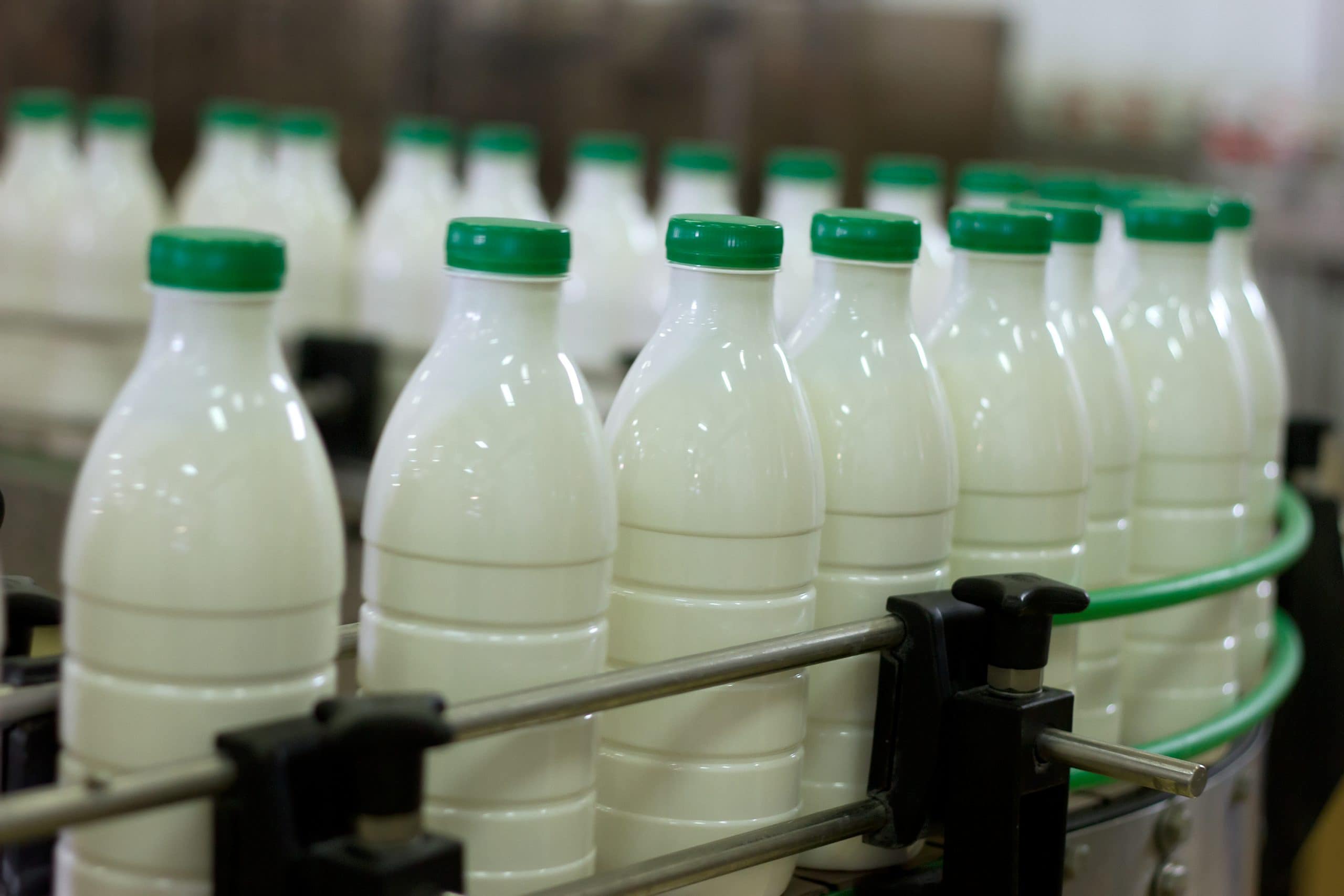"SiteWatch’s Energy Management System was made for energy efficiency projects. It helps identify the best opportunities and creates the benchmarking, verification and ROI data to justify the projects and apply for the rebates!" — Energy Efficiency Engineer
Many companies grow by acquisition, so a “Global Energy Manager” (GEM) may have inherited all sorts of data-gathering systems. GEMs are tasked with tracking their energy-use, efficiency and cost, across multiple, perhaps hundreds of plants. This task can be enormous in scope, needing extensive real-time data for 'baseline' and 'progress' reporting, as well as proving compliance with global efficiency and sustainability standards.
Typical Challenges Facing Global Energy Managers |
|
|---|---|
| Data stored in multiple silos | Tracking and storing data over time |
| Unrealistic deadlines | Analyzing huge amounts of data |
| Data is out-of-date, not real-time | Identifying wasted energy |
| Communication issues with stakeholders | User behavior impacts performance and cost |
| Lack of control over energy users | Energy reporting takes too much time |
| Insufficient data to calculate ROI | Lack of documents standards |
| Collecting reliable data efficiently | System settings are overridden |
| Lack of management commitment | Insufficient data for Carbon Reporting |
| Lack of funding - hard to justify projects without good data | Insufficient sub-meters and sensors or in the wrong place |
The comment below - from an experienced GEM of a medical equipment manufacturer - is typical…
"Interval metering is one of our focus areas for 2023 – trying to bring all sites up to a minimum level of data capture and analysis. Of course, for sites pursuing ISO 50001 certification, it’s going to be important as a key element of the site energy-management system. Unlike a BMS, we don’t have a defined global technology for metering.
Some sites have installed (Supplier X’s) Monitoring Expert (usually where there’s a combined need for power quality and energy monitoring), and some are using their BMS – and some have nothing at all. The (SiteWatch) installation at Site A could serve as a pilot for this technology."


To assist GEMs, we have developed a phased approach that can help them get their arms around their company’s energy-use, energy-efficiency, machine-health and total energy cost. For most customers, we envisage 2 phases…
- Phase 1 - Fast-start using sensors and a bridge for each plant in turn. Energy Managers can see one or all of their plants - at a high-level - on one dashboard.
- Phase 2 - add sensors as necessary to allow them to see major pieces of equipment individually, as needed in any particular location.
At any stage we can develop custom ‘one-click' reports to enable GEMs to…
- Compare plants against each other using KPIs of their choice, allowing for products manufactured, running hours, seasonality, geography and other factors.
- Comply with sustainability goals or requirements for each particular type of plant - and provide proof of compliance.
- Account for total energy costs including kWh used, usage by time-of-day, and Peak Demand (kW) – because we enter every plant's tariff into our software.

If a client already has a formal corporate 'Global Energy Management' program, SiteWatch can provide the data to fulfill it. You can use SiteWatch's automated reports to track your progress, and they can also be used for other purposes, such as meeting Energy Star standards, gaining ISO certification, or validating a serious commitment to Sustainability.
In addition to our clear, powerful, and flexible analytical software, which provides a wide range of graphs, charts, reports and alerts, your data can also be exported to any other platform(s) you are using.
